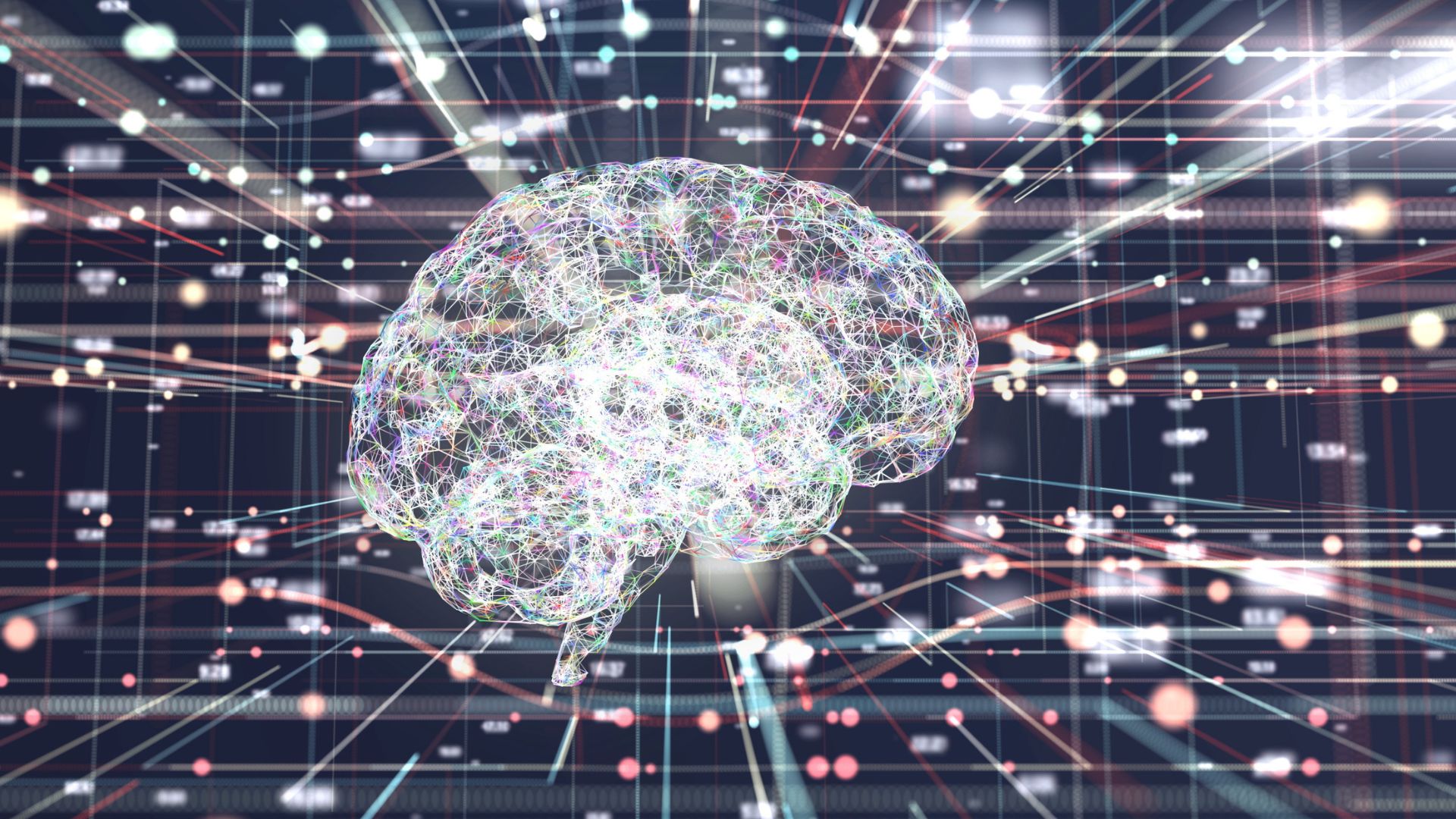Newfound 'brain signature' linked to multiple psychiatric disorders
Researchers identified patterns of brain wiring that seem to be linked to a person's risk of having multiple psychiatric disorders.

Young adults with multiple mental illnesses may share a common neurological "signature," new research suggests.
The study, published April 24 in the journal Nature Medicine, builds on a concept known as the "general psychopathology factor," or p factor, which studies suggest is a consistent pattern of psychiatric characteristics seen in patients with multiple mental disorders. However, the p factor doesn't explain whether these behavioral patterns have a neurological basis, meaning they can be linked to structural or functional features of the brain.
In the new study, researchers created a neurobiological counterpart to the p factor that they call a neuropsychopathological (NP) factor. Using data from a large group of adolescents followed into young adulthood, the researchers identified specific patterns of brain connectivity tied to symptoms of psychiatric disorders.
"We [conducted] an approach from the bottom up, not from the behavior level," said Tianye Jia, a research professor at Fudan University in Shanghai and an author of the study.
Related: A mysterious brain network may underlie many psychiatric disorders
Jia and his colleagues used data from the IMAGEN study, a large, long-term study to which thousands of adolescents across four European countries — the U.K., France, Germany, and Ireland — provided brain scans, as well as behavioral and genetic data. About 1,300 14-year-olds entered the IMAGEN study and were followed into early adulthood, up to age 19. 450 additional teens had fewer than five years of followup but were still included in some analyses.
To find the participants' NP factor, the researchers relied on functional magnetic resonance imaging (fMRI), a technique that measures brain activity through time. While many previous studies used brain scans taken while participants were at rest, the researchers decided to use fMRIs taken while participants completed behavioral tasks. These included completing a task to earn a reward, like candy, and a task that tested participants' ability to selectively respond to fast-paced motor prompts.
Sign up for the Live Science daily newsletter now
Get the world’s most fascinating discoveries delivered straight to your inbox.
Using these brain scans, the researchers assessed patterns of functional connectivity (FC) — a measure of the strength of connections between different brain regions — in the teens' brains. They then looked at how these patterns were associated with behavioral symptoms linked to eight different mental disorders. (A small subset of the participants were identified as being likely to have one of the disorders, based on their behavioral task performance, but most were not.)
Four of the disorders were "externalizing," or disorders where the associated behaviors tend to be related to interactions with others or the environment, including autism spectrum disorder, attention-deficit/hyperactivity disorder (ADHD), conduct disorder, and oppositional defiant disorder. The other four were internalizing disorders, whose effects tend to be directed inward, toward oneself. These included generalized anxiety disorder, depression, eating disorders and specific phobias.
To calculate the NP factor, the researchers used a model to see what patterns of FC appeared linked to “both externalizing and internalizing risk behaviors," Jia said. In other words, the presence of this connective "brain signature" could be used to predict whether a person was at high risk for both sets of behaviors. The team established the NP factor at age 14 and then validated their work by checking whether this pattern was predictive of participants' behaviors at age 19.
Compared with those with low or average NP factors, participants with high NP factors showed increased connectivity in several areas of the prefrontal cortex, an area in the front of the brain involved in planning, decision-making and working memory.
To validate the NP factor, the researchers used genetic and behavioral data from IMAGEN and several other brain scan data sets. For most data sets, including IMAGEN, having a high NP factor was associated with being diagnosed with at least one mental illness, and the highest NP factors were associated with multiple diagnoses.
The researchers also found that having a high NP factor was linked to carrying a gene variant associated with both ADHD and major depressive disorder. Researchers think this mutation can cause synapses, or gaps between neurons that the brain's chemical signals jump between, to form robust but inflexible connections.
This finding hints that high NP factors could reflect a developmental issue affecting the synapses, the researchers wrote. Participants with high NP factors did not show the typical patterns of synaptic "pruning" during adolescence, in which the brain reduces the number of synapses so that its information processing can become more efficient. Instead, these teens had a hyperconnected brain circuit centered in the prefrontal cortex, a trait sometimes associated with deficits in executive function, or a person's ability to plan and accomplish everyday tasks and goals. (Similar hyperconnectivity has been linked to autism in past studies.)
This hyperconnectivity could be related to the gene mutation related to synaptic adhesion, which may make pruning less efficient, though not all participants with high NP factor scores had the variant.
The NP factor could be useful in both future research and, eventually, in the treatment of psychiatric disorders, Stephen Glatt, a professor of psychiatry and behavioral sciences at SUNY Upstate Medical University who was not involved in the study, wrote in an email to Live Science.
If validated in future studies, NP factor "might become one of the core ingredients in building new recipes for studying and treating psychopathology," Glatt said. In other words, the factor could be useful in both researching the underlying risk factors for psychiatric illness and for assessing patients in clinic, he said.

Rebecca Sohn is a freelance science writer. She writes about a variety of science, health and environmental topics, and is particularly interested in how science impacts people's lives. She has been an intern at CalMatters and STAT, as well as a science fellow at Mashable. Rebecca, a native of the Boston area, studied English literature and minored in music at Skidmore College in Upstate New York and later studied science journalism at New York University.










